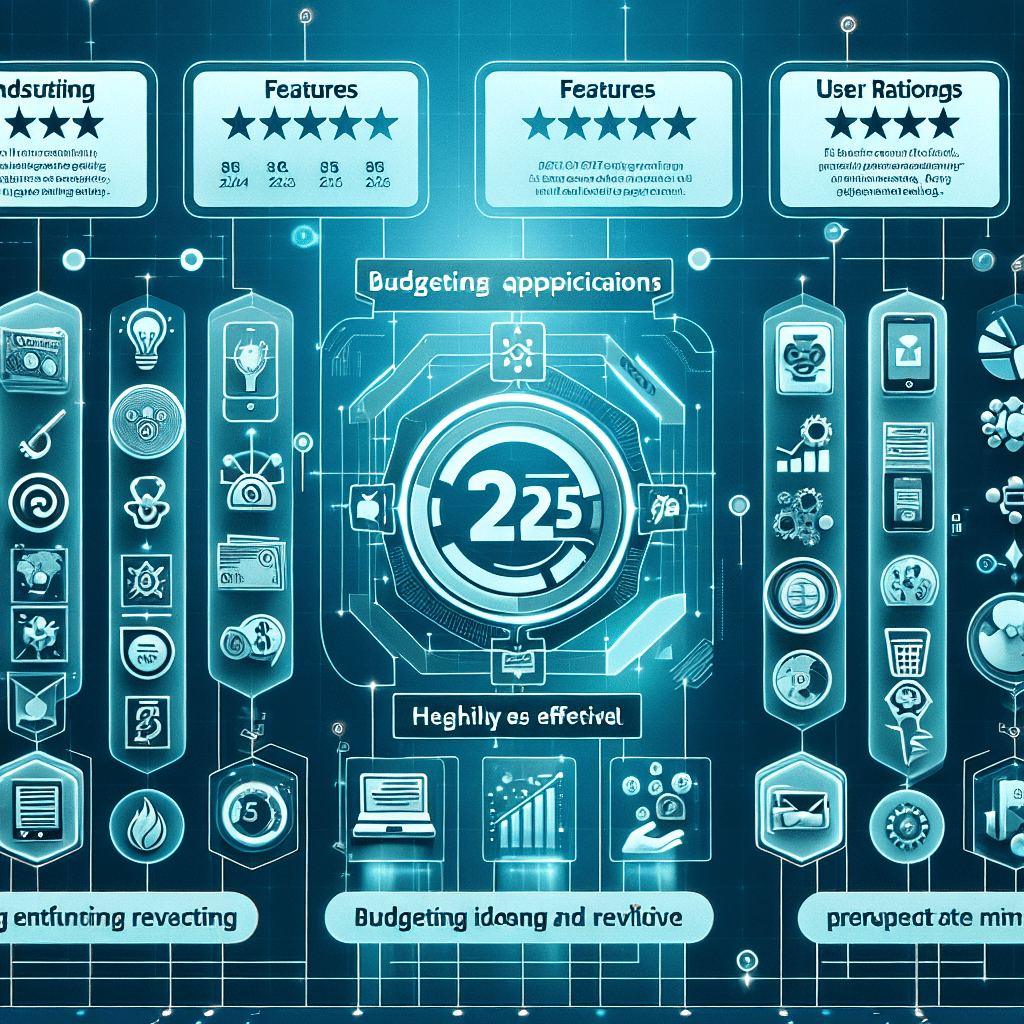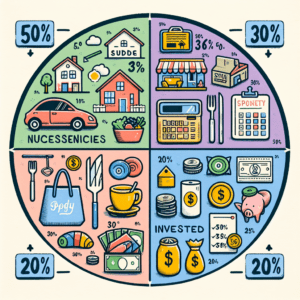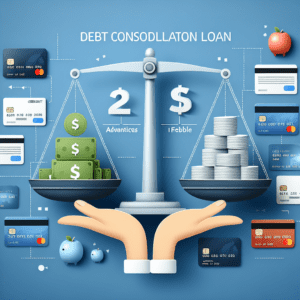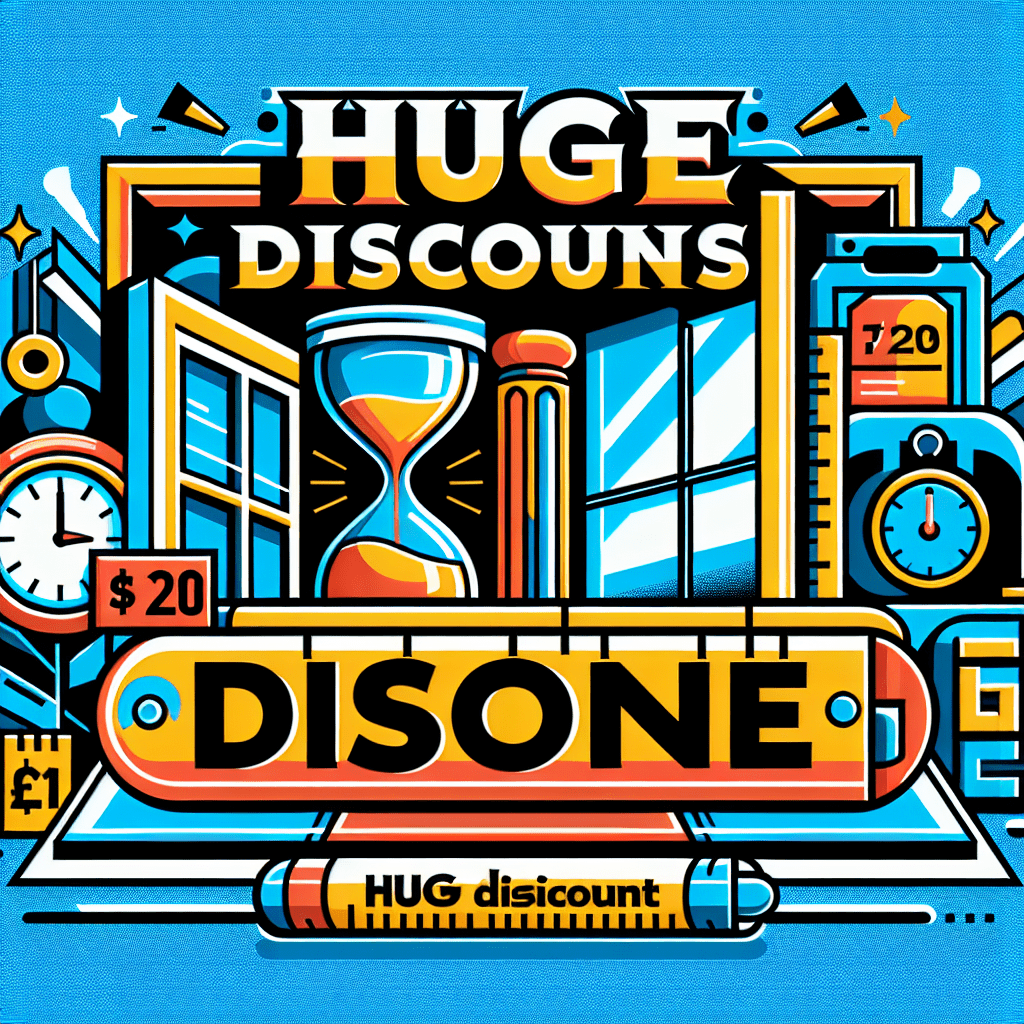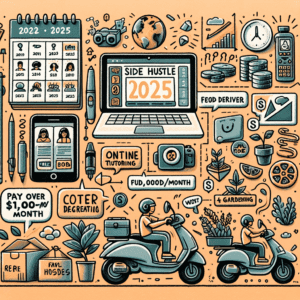“Master Your Money: The Best Budgeting Apps of 2025 Ranked & Reviewed!”
Top 5 Budgeting Apps for 2025: Ranked and Reviewed
Managing personal finances has never been more important, and with the increasing reliance on digital tools, budgeting apps have become essential for individuals looking to track their expenses, save money, and achieve financial goals. As 2025 approaches, several budgeting apps stand out for their features, usability, and effectiveness in helping users take control of their finances. After thorough evaluation, the top five budgeting apps for 2025 have been ranked and reviewed based on their functionality, user experience, and overall value.
At the top of the list is YNAB (You Need a Budget), a powerful app designed for those who want a proactive approach to managing their money. Unlike traditional budgeting tools, YNAB follows a zero-based budgeting system, ensuring that every dollar is assigned a purpose. This method encourages users to be intentional with their spending while also prioritizing savings and debt repayment. The app offers real-time syncing across multiple devices, making it easy for users to stay updated on their financial status. Additionally, YNAB provides educational resources, including workshops and tutorials, to help users develop better financial habits. While it does come with a subscription fee, many users find that the benefits far outweigh the cost.
Following closely behind is Mint, a long-standing favorite among budgeting apps. Mint offers a comprehensive financial overview by automatically categorizing transactions, tracking bills, and providing credit score monitoring. One of its most appealing features is its ability to link to multiple financial accounts, allowing users to see all their financial data in one place. The app also provides personalized insights and alerts to help users stay on top of their spending habits. While Mint is free to use, it does include advertisements, which some users may find distracting. Nevertheless, its robust features and ease of use make it a strong contender for those looking for an all-in-one budgeting solution.
Another excellent option is PocketGuard, an app designed to simplify budgeting by showing users exactly how much disposable income they have after accounting for bills, savings, and essential expenses. PocketGuard’s intuitive interface makes it easy to understand financial standing at a glance, and its automated transaction tracking helps users avoid overspending. Additionally, the app includes a feature that identifies potential savings opportunities, such as lower subscription costs or better deals on recurring expenses. While the free version offers basic budgeting tools, the premium version unlocks more customization options, making it a worthwhile investment for those who want greater control over their finances.
Goodbudget takes a different approach by using the envelope budgeting method, which helps users allocate funds into specific spending categories. This app is particularly useful for individuals who prefer a hands-on approach to budgeting, as it requires users to manually assign money to different envelopes. Goodbudget is ideal for couples or families who want to share a budget, as it allows multiple users to sync and manage finances together. While it lacks automatic transaction syncing, its structured approach to budgeting can be highly effective for those who want to develop disciplined spending habits.
Rounding out the top five is EveryDollar, an app developed by financial expert Dave Ramsey. EveryDollar follows a zero-based budgeting system similar to YNAB but with a more straightforward interface. The free version allows users to manually enter transactions, while the premium version offers bank account syncing for automated tracking. This app is particularly beneficial for individuals following Ramsey’s financial principles, as it integrates seamlessly with his Baby Steps program. While the premium version requires a subscription, its simplicity and effectiveness make it a valuable tool for those committed to improving their financial health.
With a variety of budgeting apps available, choosing the right one depends on individual financial goals and preferences. Whether users prefer automated tracking, manual budgeting, or a combination of both, these top five apps provide reliable solutions for managing money effectively in 2025.
Best Free Budgeting Apps for 2025: Features and Benefits

Managing personal finances effectively has become more accessible than ever, thanks to the wide range of budgeting apps available today. As financial technology continues to evolve, many individuals seek cost-effective solutions to track their income, expenses, and savings goals. Fortunately, several free budgeting apps offer robust features that help users gain better control over their financial health without requiring a subscription. In 2025, some of the best free budgeting apps stand out for their ease of use, automation, and insightful analytics, making them valuable tools for anyone looking to improve their financial management.
One of the most popular free budgeting apps is Mint, a long-standing favorite among users who appreciate its comprehensive financial tracking capabilities. Mint automatically syncs with bank accounts, credit cards, and investment portfolios, providing a real-time overview of financial activity. The app categorizes transactions, sets budget limits, and offers personalized insights to help users make informed financial decisions. Additionally, Mint provides free credit score monitoring, which can be beneficial for those looking to improve their creditworthiness. While the app does include advertisements and product recommendations, its extensive features make it a top choice for budget-conscious individuals.
Another highly regarded free budgeting app is Goodbudget, which follows the envelope budgeting method. Unlike apps that rely on automatic syncing, Goodbudget requires users to manually input transactions, encouraging greater awareness of spending habits. The app allows users to allocate funds into virtual envelopes for different expense categories, ensuring that they stay within their budgeted limits. This method is particularly useful for individuals who prefer a hands-on approach to money management. Additionally, Goodbudget offers cloud synchronization, enabling multiple users to share a budget, making it an excellent option for couples or families managing joint finances.
For those who prioritize simplicity and automation, PocketGuard is an excellent choice. This app connects to financial accounts and analyzes income, bills, and spending patterns to determine how much disposable income remains after covering essential expenses. PocketGuard’s “In My Pocket” feature provides a clear snapshot of available funds, helping users avoid overspending. The app also identifies recurring subscriptions and suggests ways to reduce unnecessary expenses. With its user-friendly interface and automated insights, PocketGuard is ideal for individuals who want a straightforward approach to budgeting without the need for manual data entry.
YNAB (You Need a Budget) is another well-known budgeting tool, though its free version is limited to a trial period. However, for students, YNAB offers a free one-year subscription, making it a valuable resource for young adults looking to develop strong financial habits. The app follows a zero-based budgeting system, ensuring that every dollar is assigned a purpose. By encouraging users to plan ahead and allocate funds strategically, YNAB helps individuals break the cycle of living paycheck to paycheck. While the full version requires a subscription, the free student offer makes it an attractive option for those in need of structured financial guidance.
In addition to these apps, EveryDollar provides a free version that simplifies budgeting by following the zero-based budgeting method. Users manually enter transactions and assign funds to specific categories, promoting intentional spending. While the free version lacks bank synchronization, it remains a solid choice for individuals who prefer a straightforward budgeting tool without unnecessary complexity.
Overall, the best free budgeting apps for 2025 offer a range of features designed to accommodate different financial management styles. Whether users prefer automated tracking, manual entry, or envelope budgeting, these apps provide valuable tools to help individuals take control of their finances. By leveraging these free resources, users can develop better spending habits, reduce financial stress, and work toward achieving their long-term financial goals.
2025’s Most User-Friendly Budgeting Apps: A Comprehensive Review
Managing personal finances has never been more accessible, thanks to the growing number of budgeting apps designed to simplify expense tracking, savings goals, and financial planning. As 2025 approaches, several apps stand out for their user-friendly interfaces, robust features, and seamless integration with banking systems. With an increasing demand for intuitive financial tools, selecting the right budgeting app can make a significant difference in achieving financial stability. To help users make an informed decision, this review evaluates the most user-friendly budgeting apps of 2025 based on ease of use, functionality, and overall effectiveness.
One of the most notable apps this year is YNAB (You Need a Budget), which continues to be a favorite among users who prefer a proactive approach to budgeting. YNAB’s zero-based budgeting system ensures that every dollar is assigned a purpose, helping users gain better control over their spending. The app’s clean interface, real-time syncing across devices, and educational resources make it an excellent choice for those looking to develop strong financial habits. Additionally, YNAB’s emphasis on financial awareness and goal-setting sets it apart from other budgeting tools. However, its subscription-based model may not appeal to those seeking a free alternative.
For individuals looking for a more automated experience, Mint remains a top contender. Known for its ability to link directly to bank accounts and categorize transactions automatically, Mint provides users with a comprehensive overview of their financial health. The app’s intuitive dashboard displays spending trends, bill reminders, and credit score monitoring, making it a well-rounded choice for those who prefer minimal manual input. Furthermore, Mint’s free access makes it an attractive option for budget-conscious users. Despite its many advantages, some users may find the automatic categorization less precise, requiring occasional adjustments to ensure accuracy.
Another strong competitor in 2025 is PocketGuard, which simplifies budgeting by focusing on how much disposable income remains after accounting for bills and savings goals. This app is particularly useful for individuals who struggle with overspending, as it provides a clear snapshot of available funds. PocketGuard’s “In My Pocket” feature calculates a safe spending amount, helping users avoid financial strain. Additionally, the app’s ability to detect recurring subscriptions and suggest cost-cutting measures enhances its practicality. While PocketGuard offers a free version, its premium features unlock more customization options, making it a worthwhile investment for those seeking a more tailored budgeting experience.
Goodbudget, a digital envelope budgeting system, is another excellent choice for users who prefer a hands-on approach to managing their finances. By allocating funds into virtual envelopes for different spending categories, Goodbudget encourages disciplined financial planning. This method is particularly beneficial for couples or families who want to share a budget, as the app allows multiple users to access and update financial data. Although Goodbudget lacks automatic transaction syncing, its manual entry system promotes greater awareness of spending habits.
As financial technology continues to evolve, selecting the right budgeting app depends on individual preferences and financial goals. Whether users prefer a structured approach like YNAB, an automated system like Mint, or a simplified spending tracker like PocketGuard, each app offers unique advantages. By leveraging these tools, individuals can take control of their finances and work toward long-term financial success.

